Rome. There is virtually no one who hasn’t heard of the glory of the Roman Empire, a civilization that conquered a vast stretch of land from Europe to North Africa. The only thing that almost as fierce as their thirst for expansion was their love for entertainment, and nearly everywhere they conquered you will find grand scale Roman amphitheaters built to entertain the citizens of Rome that settled there. In most cases, these circular structures are the tallest and most grandeur building in the city. The enclosed, usually oval, area in the middle is called arena, the word derived from the Latin word harena, a type of fine sand they put on the ground to soak up the blood from gladiator fights on the arena floor.
There are over 230 amphitheaters in the world, many are in shattered or ruined condition, but there are some that had survived over almost two millennia and are still in use today. Having visited four of such amazing historical monuments, I couldn’t help but be awed by their scale and magnificence. So today, I am here to bring you the 11 amazing amphitheater across the ancient Roman Empire, a legacy from a glorious dynasty that persisted through almost two millennia.
Rome, Italy

The most famous of them all, the Colosseum is one of the most famous landmarks in the world. It was built around AD 72-80, it also bears the name of the Flavian Amphitheater. Made of stone and concrete, it can hold up to 80,000 spectators and held events from gladiator fights, executions to dramas. Though partially destroyed by earthquakes and stone robbers, much of its exterior still remained intact; however less can be said about its interior. While you can still admire the stone pillars rising in neat successions, the arena floor is completely gone, revealing the labyrinth of chambers they kept prisoners and beasts.
Verona, Italy
Arguably the best preserved Roman Amphitheater, the reddish appearance of Verona’s own arena might not be as inspirationally beautiful as that of the Colosseum or as photogenic as the ruins of the one in Pula. However, its interior is so well kept that it allows regular entertainment to take place in its arena.
Fitted with a stage, ground level seating and fitted chairs on the lower half of steps, you can better appreciate the stunning architecture by climbing up its smooth, pink marble steps. Built even earlier, in AD 30, it only suffered damage to the outer ring from the 1117 earthquake and now it is home to the Opera Festival that occurs annually in September.
Taormina, Sicily, Italy
Situated on top of a cliff, this amphitheater offers one of the best views you can find among its kind. Using the hill slope to its advantage, this particular arena is only half-oval in shape, with the stage backed by a row of tall columns. These particular columns have now slumped in the middle, which conveniently offers you a stunning vista of the Bay of Naxos. Some sources say that this theater dates back to the Greek period; however the brick structure indicates that it is of Roman origin, possibly one built atop the original Greek counterpart.
Pula, Croatia
https://www.flickr.com/photos/voyages-lambert/13426259394/
In joint second largest arena outside Rome with the one from Verona, the amphitheater of Pula is a stark contrast of gleaming white limestone to the pink-red appearance of its cousin. Built around AD 27 – 68, the arena is built into a hill that is compensated by an extra story on the seaward side that reaches a height of 29.4m. It is rare in the fact that all of the four towers and three roman columns survived through the ages. Most of its damage was due to quarrying for stone, and it was used as a grazing ground and sites of fairs through the middle ages. Fun fact: in 1583, when it was under the rule of the Venetian Empire it was suggested to move to Venice, luckily, or unluckily it was rejected.
Arles, France
A Roman Amphitheater with a twist, the normally uniform oval shaped exterior of the Arles arena is punctuated by four medieval towers that superimposed on the exterior arcade. They were added on this 1st century AD structure after the fall of the Roman Empires, when the amphitheater became a fortress, a small town completed with its own chapels and remained so until the late 18th century. Today, it has returned to its former glory and is home to the bullfighting games during the Feria d’Arles, which is held biannually in September and April.
To see my full list of 11 amphitheaters to visit – go to studentuniverse


 中文 (香港)
中文 (香港)



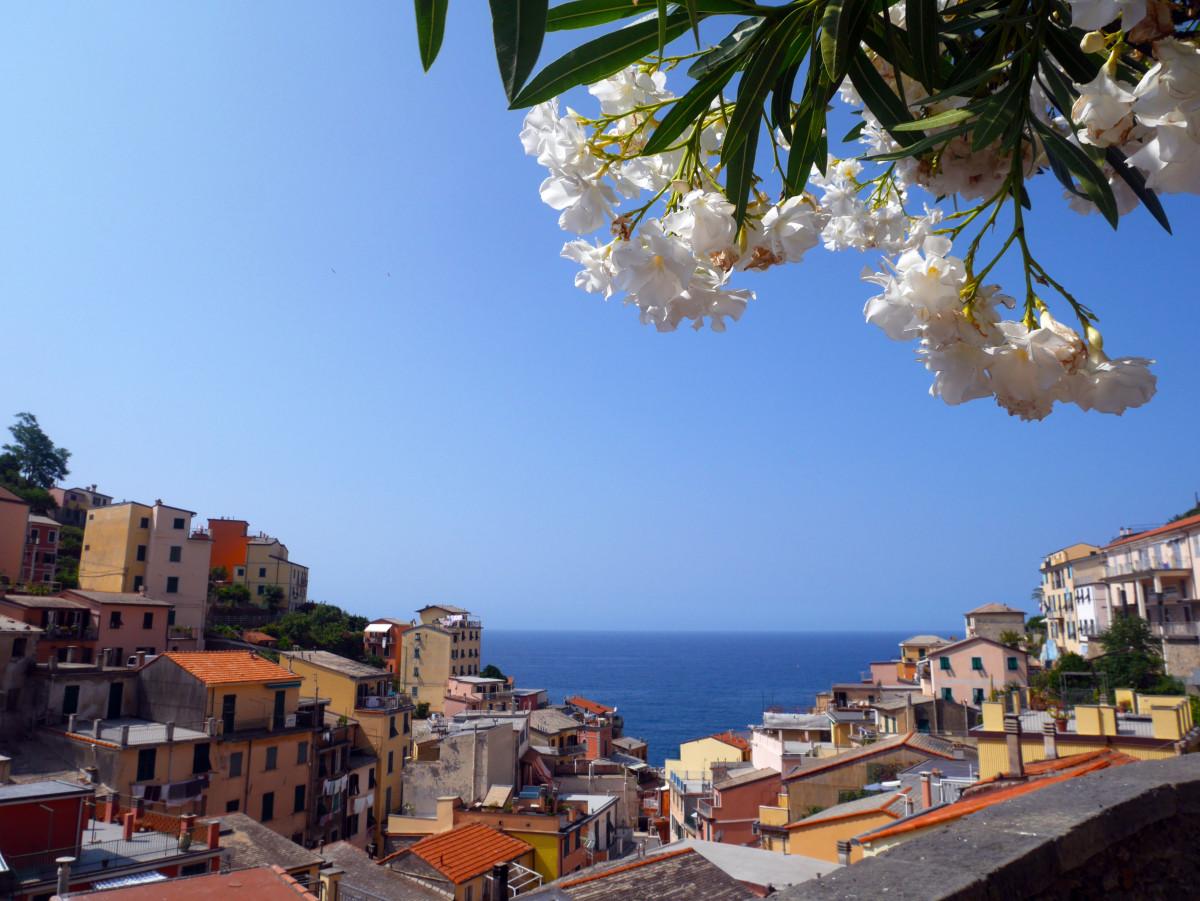




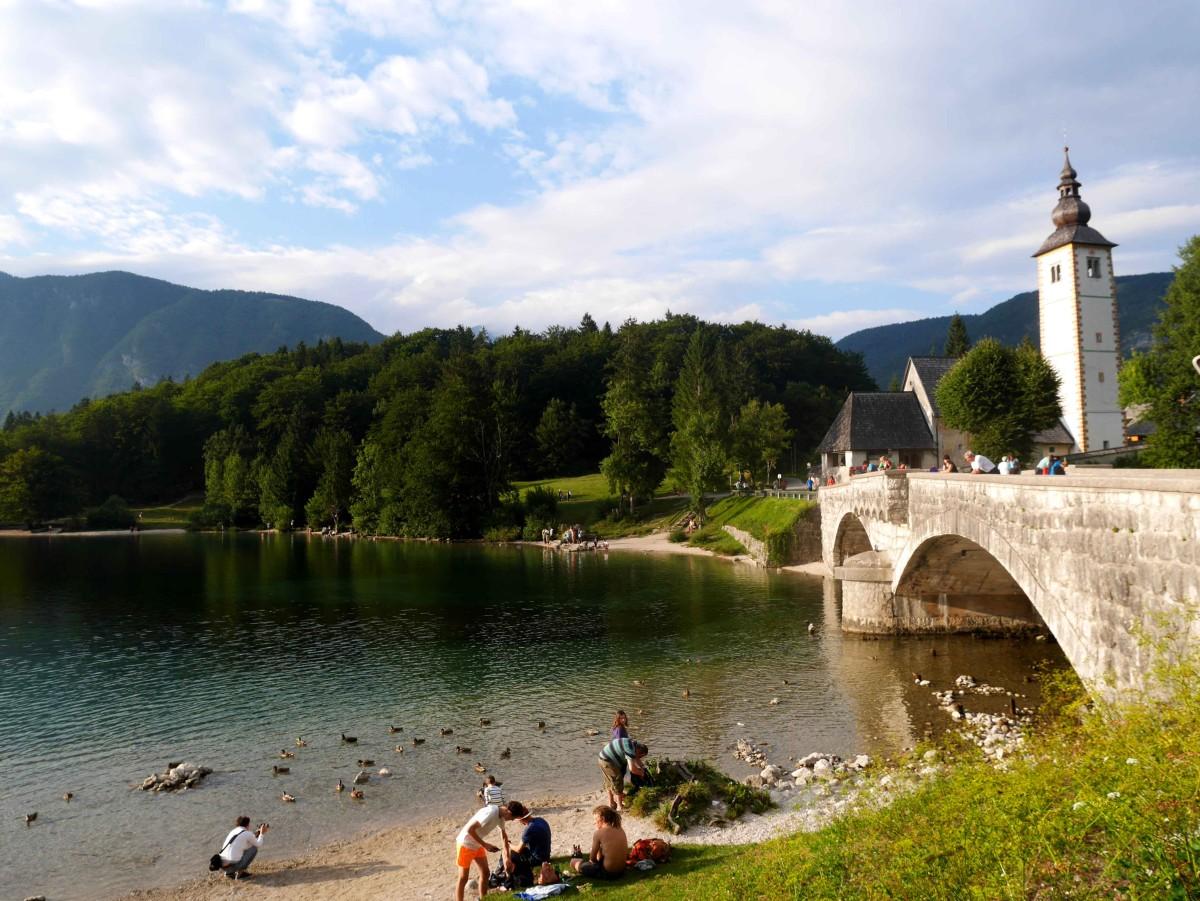











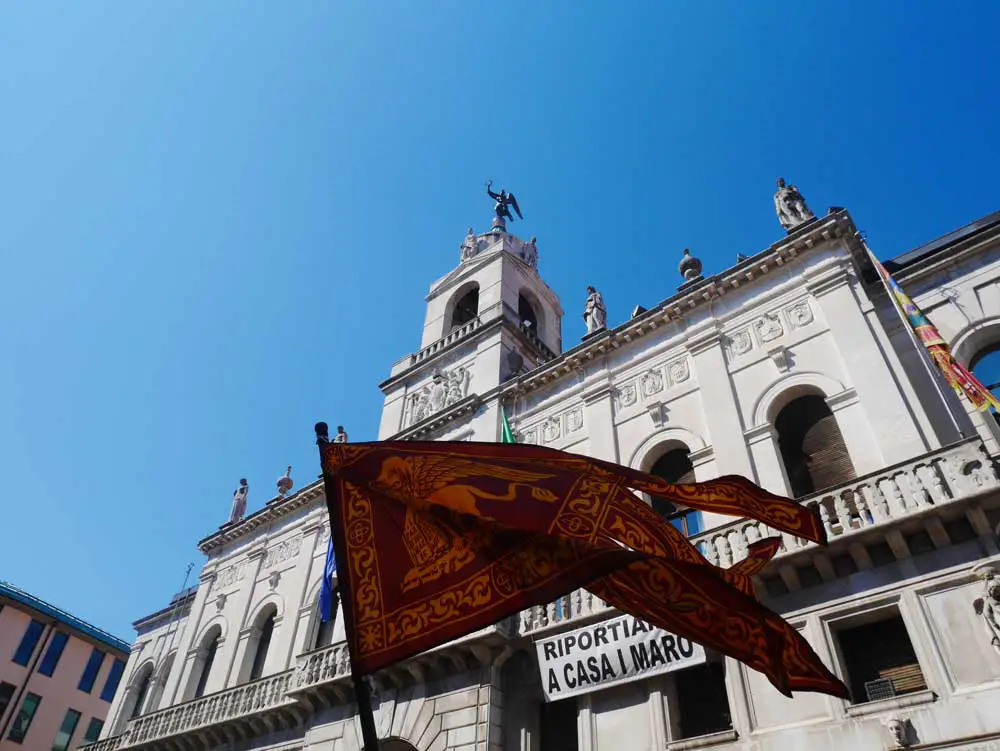
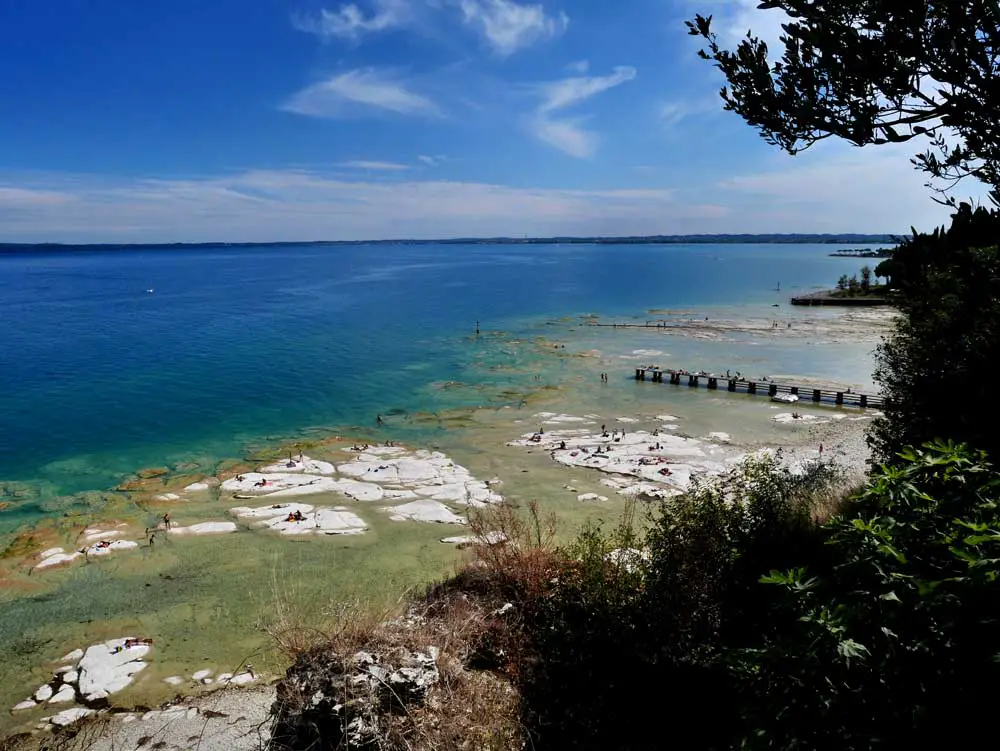
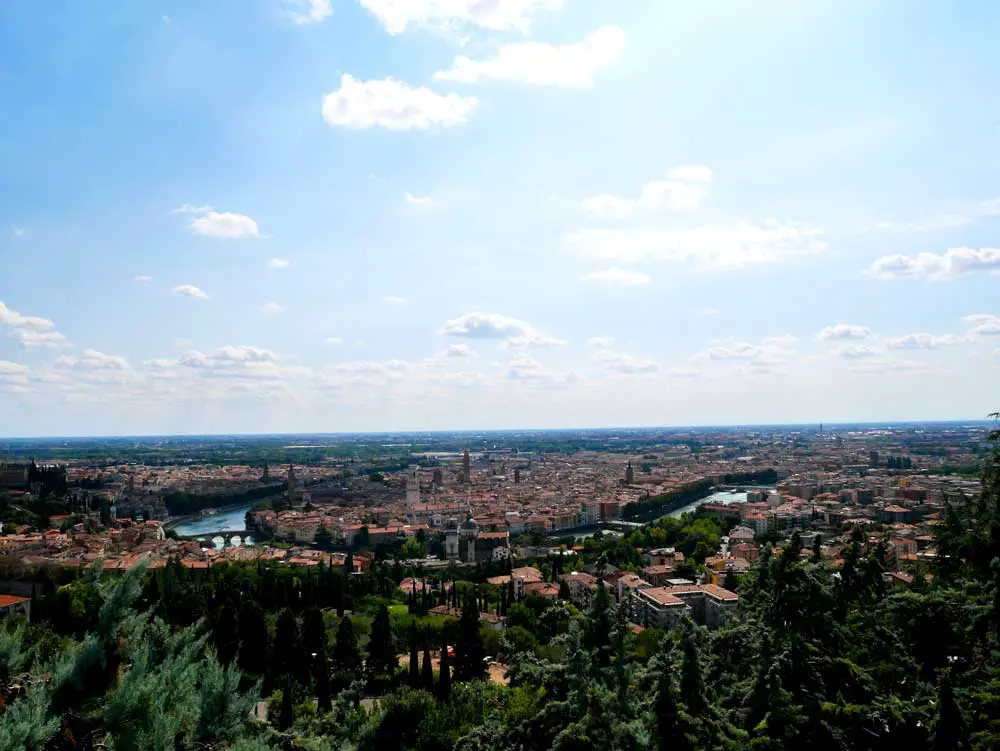

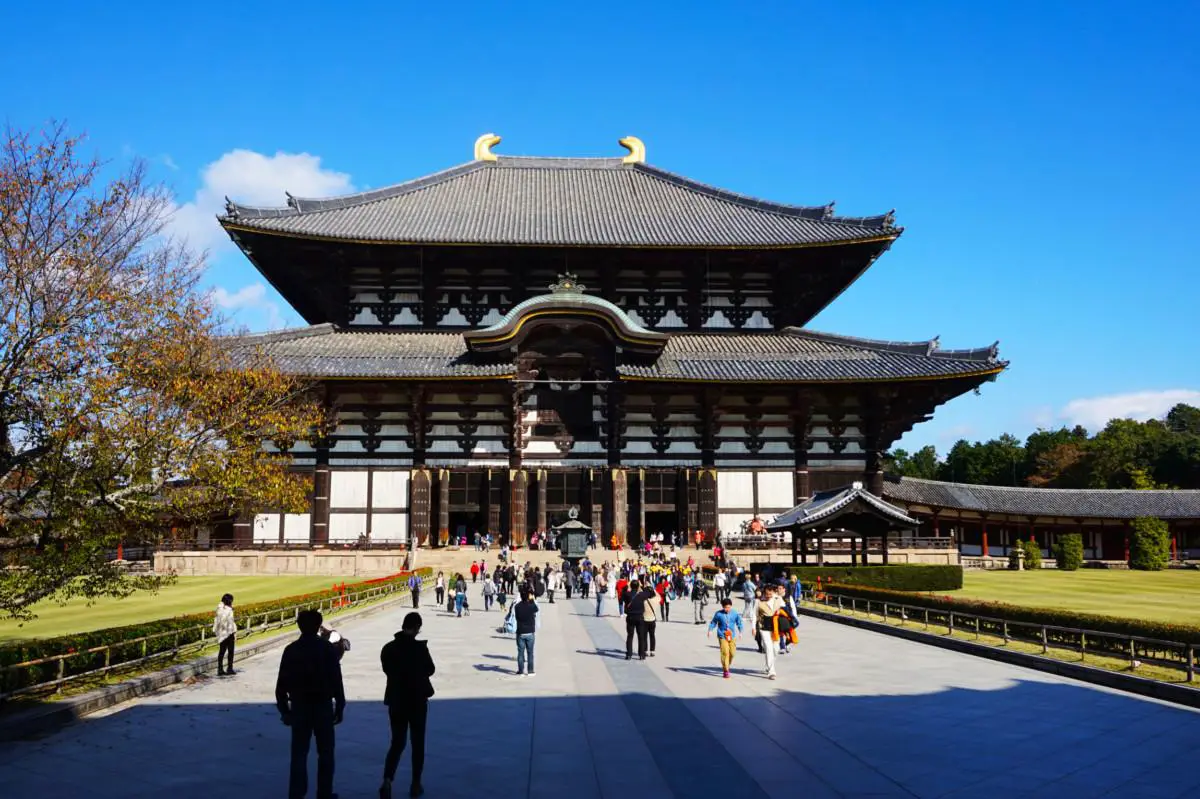











Pingback: The Ultimate Guide to the Verona Opera Festival - tips and tricks
Pingback: Taormina, Sicily, Italy - a short guide